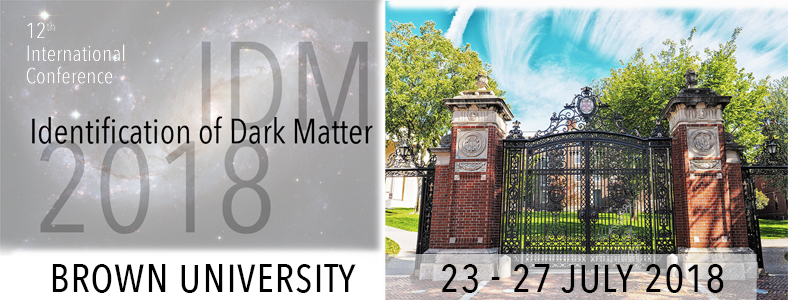Speaker
Description
The Axion Dark Matter eXperiment (ADMX) is conducting a search for axions within the dark-matter halo of our Galaxy. The power emitted from the ADMX cavity is proportional to B2V, where B is the strength of the magnetic field threading the cavity and V the cavity volume. ADMX has achieved its goal of reaching the DFSZ limit, receiving ~100 yW power, which near-quantum-limited detectors can detect in 10—100 sec integration times. The search has set limits in the 2.6. to 2.8 microeV range and continues to scan towards higher frequencies. As frequency goes up, either the volume of the simple cylindrical cavity must decrease or one must go to multiple cavities or more complex shapes. ADMX will use a 4-cavity array in its generation-2 search to cover 5-9 microeV Performance of prototypes of this cavity, including a Pound-locking scheme, will be presented. To extend to higher frequencies, ADMX should procure a new magnet. The magnet would be smaller in volume but higher in field; B2V is the factor to maintain. With Heising-Simons support and in collaboration with the NHMFL and Oxford instruments, we have made a design study for such a magnet. Using high-temperature superconductors, a field of 32 T in a volume of about 7 liters could be achieved. Compared to the present ADMX magnet and cavity, the square of the magnetic field increases by a factor of 16 and the volume is decreased by a factor of 20. The power emitted from a four-cavity array would be in the 120 yW range and the system would be able to tune 8 to 25 microeV. The practical details of such a magnet will be discussed.
